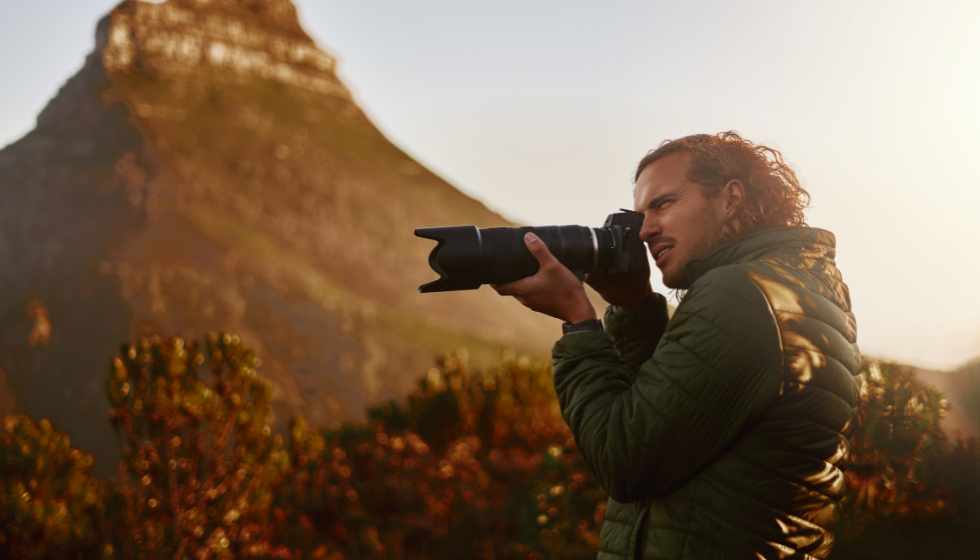

Wildlife photography has always been a captivating and challenging genre of photography. The ability to capture the beauty and essence of animals in their natural habitat requires skill, patience, and the right equipment. Over the years, cameras have evolved to meet the specific needs of wildlife photographers, and one of the most revolutionary advancements in recent times has been the introduction of mirrorless cameras. In this article, we will explore how mirrorless cameras have revolutionised wildlife photography, offering photographers a new level of flexibility, versatility, and image quality.
Before we delve into the world of mirrorless cameras, let’s take a moment to appreciate the journey of cameras designed for wildlife photography. Traditional DSLR cameras have long been the go-to choice for wildlife photographers due to their robust build, fast autofocus systems, and compatibility with a vast range of lenses. However, DSLRs can be bulky and heavy, making them cumbersome to carry on long treks through the wilderness. Additionally, the mechanical mirror inside DSLRs creates noise and vibrations, which can startle or disturb wildlife, resulting in missed opportunities.
A mirrorless camera, as the name suggests, is a camera that lacks the mirror mechanism found in traditional DSLRs. Instead of using a mirror to reflect light into an optical viewfinder, cameras like the Sony A7C utilise electronic viewfinders (EVFs) or LCD screens to display the image in real-time. This fundamental difference in design makes mirrorless cameras significantly smaller, lighter, and quieter than their DSLR counterparts. The absence of a mechanical mirror also allows for faster burst shooting speeds and continuous autofocus, crucial features when it comes to capturing wildlife in action. The Sony A1 shoots at a staggering 30 frames per second!
Mirrorless cameras bring several advantages to the table, making them an excellent choice for wildlife photographers. Firstly, examples such as the Sony A7C, with their compact size and lightweight nature make them easy to carry during long hikes and expeditions. With mirrorless cameras, photographers can spend more time focusing on their subjects and less time being weighed down by heavy gear. Moreover, the absence of a mirror eliminates the vibrations and noise associated with DSLRs, allowing wildlife photographers to blend seamlessly into their surroundings without disturbing the animals they aim to capture.
Also Read: Places in the World Where Tourists are Not Allowed
Another significant advantage of mirrorless cameras is their advanced autofocus systems. Mirrorless cameras employ cutting-edge technology, including phase-detection autofocus (PDAF) and contrast-detection autofocus (CDAF), which ensures accurate and fast focusing even on moving subjects. This is particularly crucial in wildlife photography, where animals can be unpredictable and quick to react. The ability to track and maintain focus on a moving subject is essential for capturing those fleeting moments in the wild.
While mirrorless cameras offer numerous advantages for wildlife photography, mastering the art of capturing wildlife requires practice and the implementation of some tried and tested techniques. Here are a few tips to help you make the most of your mirrorless camera in the wild:
Mirrorless cameras have undoubtedly revolutionised the world of wildlife photography. Their compact size, lightweight design, advanced autofocus systems, and silent operation make them an ideal choice for capturing the beauty of animals in their natural habitat. By embracing mirrorless technology, photographers can immerse themselves in the wild without compromising on image quality or missing precious moments. So, if you’re a wildlife photography enthusiast looking to elevate your craft, it’s time to explore the possibilities offered by mirrorless cameras. Embrace the future of wildlife photography and start capturing the wild like never before.
Also Read: Best places to travel with friends
This post was last modified on October 3, 2024
Meticulous preparation and close attention to detail will guarantee that these worthwhile properties arrive at…
According to human psychology, humans think a lot and assume everything that is happening in…
The Face Roller Massager has many benefits, from relaxation to reducing all signs of aging.…
Moviezwap site is available on the internet; everyone can browse the moviezwap.org Hindi, Telugu, and…
Hodophile can be found all over the world, and they come from all walks of…
If you're trying to get pregnant, it's worth thinking about improving your diet. Avoid sausages,…